This article examines the role of Bozzuto in Washington D.C.'s accessory dwelling unit (ADU) boom. Accessory dwelling units are smaller, independent residential spaces located on the same lot as a single-family home, gaining popularity due to the increased demand for affordable housing and efficient land use. Bozzuto's strategic involvement in this sector highlights significant urban living trends.
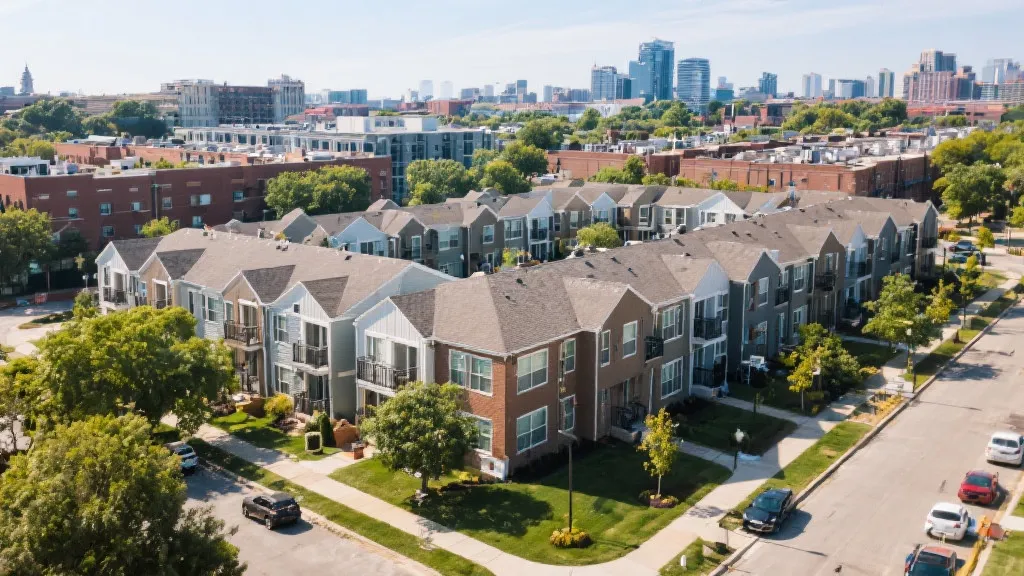
The increasing demand for housing in major urban centers such as Washington D.C. has brought accessory dwelling units (ADUs) into the limelight. These innovative housing solutions offer additional living space without the need for extensive new infrastructure. Known for their practicality and efficiency, ADUs are miniature homes constructed on the same property as larger, single-family residences. As urban populations surge, the need for flexible and varied housing options becomes more pressing. ADUs are typically independent living spaces with their own kitchens and bathrooms, providing tenants with privacy while offering property owners the opportunity to generate income through rental arrangements. The rise of ADUs not only addresses housing shortages but also offers viable alternatives for multigenerational living, workforce housing, and affordable options for young professionals and retirees alike.
Bozzuto, a renowned market player in real estate and property management, has been integral to the transformation of the accessory dwelling unit sector in Washington D.C. The firm has long been recognized for its dedication to high-quality housing solutions that meet diverse market demands. With the emergence of ADUs, Bozzuto has extended its expertise and innovative approach to cater to this rapidly evolving market segment. Through strategic partnerships and collaborations with local governments, community organizations, and design professionals, Bozzuto has positioned itself at the forefront of ADU development in the D.C. area. Their comprehensive market research and community outreach initiatives ensure that ADUs are designed with the specific needs of neighborhoods in mind, promoting inclusivity and engagement with local residents.
Accessory dwelling units offer numerous benefits that blend well with urban planning strategies aimed at accommodating population growth and enhancing affordable housing options. ADUs contribute to denser housing configurations, maximizing land use efficiency without compromising on the quality of living spaces. This initiative aligns with city development policies focused on creating sustainable and inclusive urban environments. Additionally, ADUs play an essential role in preserving the character and diversity of neighborhoods by enabling homeowners to maintain larger single-family homes while accommodating various housing needs within the community. With urban sprawl being a significant concern, ADUs serve as a sustainable alternative to new construction, encouraging more efficient use of existing infrastructure and reducing the environmental impact associated with traditional housing developments.
Bozzuto’s foray into the ADU space in Washington D.C. involves a comprehensive understanding of local regulations, land-use norms, and innovative design principles. By leveraging its expertise, Bozzuto ensures these units meet zoning compliance while providing aesthetically pleasing and functional living spaces tailored to the D.C. populace. Bozzuto’s approach to ADU development is multi-faceted, encompassing several key strategies that highlight craftsmanship, market responsiveness, and community impact.
| Factor | Bozzuto’s Approach |
|---|---|
| Regulatory Compliance | Ensures every ADU design meets local zoning and construction standards through thorough research and planning. |
| Design Innovation | Utilizes modern design trends to make ADUs both functional and stylish, optimized for DC residents' needs. |
| Sustainability | Incorporates eco-friendly materials and energy-efficient systems to enhance the green footprint of each development project. |
| Community Collaboration | Engages with neighborhood associations and residents to ensure developments align with community aspirations and values. |
| Affordability | Explores diverse financial models to provide affordable rental opportunities for residents, thereby addressing the housing crisis. |
As housing markets in urban areas like Washington D.C. continue to grow, the role of ADUs is predicted to expand further. Bozzuto and other real estate innovators are expected to continue pushing boundaries with creative solutions that cater to the increasing demand for compact yet comfortable urban living environments. The future landscape of D.C.'s housing market may shift even more dramatically if city planners adopt policies that encourage ADU development on a larger scale. Initiatives such as streamlining permitting processes and offering financial incentives for ADU construction could bolster Bozzuto's efforts and similar companies in providing additional housing options.
Moreover, embracing technological advancements in home design and construction will be crucial in shaping the development of ADUs in the coming years. Prefabrication, modular construction techniques, and smart home technology are becoming increasingly prevalent. These advancements can lead to reduced construction timelines and costs while enhancing functionality and energy efficiency. The trend toward eco-conscious living is gaining traction, with a strong emphasis on sustainable materials and technology meant to reduce the carbon footprint of new housing developments. As Bozzuto integrates these innovations into their ADU projects, they are likely to stand out in a competitive market, setting new trends for others to follow.
To appreciate the growing popularity of ADUs, it's essential to consider their financial implications for homeowners and the broader community. Building an ADU can be a wise investment decision for homeowners, allowing them to generate rental income that can help offset mortgage payments and other housing costs. In a market like Washington D.C., where housing prices have consistently risen, the potential rent from an ADU can add a significant source of income, making it financially advantageous for homeowners looking to bolster their finances.
Furthermore, the affordability factor plays a critical role in the broader housing market. With rising rents and home prices, ADUs provide a viable solution for lower-income families and individuals. They offer lower-cost housing options compared to traditional apartments and homes in the area, and they fit perfectly into the fabric of existing neighborhoods. As demand for such properties continues to grow, homeowners investing in ADUs can expect appreciation both in terms of property value and rental income potential. The financial feasibility of building an ADU is further enhanced by various financing options available to homeowners, including government-backed loans and grants aimed at promoting affordable housing development.
Community engagement is a vital component of successful ADU development. Engaging homeowners, local businesses, and residents can help ensure that ADUs fit seamlessly into the neighborhood fabric while addressing common concerns. Bozzuto recognizes the importance of fostering dialogue with stakeholders to educate them about the benefits of ADUs and mitigate any fears associated with these housing units. Hosting community workshops and information sessions can help address misconceptions about ADUs, such as those surrounding property values, parking concerns, and tenant behavior.
Additionally, Bozzuto's collaborative approach often leads to innovative solutions that can create more harmonious living environments. For example, by working closely with neighborhood associations, they might design ADUs that respect local architectural styles or incorporate green spaces and landscaping that enhance the community's appearance. This participatory model not only improves the acceptance of ADUs but also fosters a sense of community ownership and pride. As public awareness grows, residents become more inclined to embrace the concept of ADUs as an integral part of urban revitalization efforts aimed at promoting smart growth and sustainability.
While Washington D.C. has embraced the concept of ADUs, other major cities across the United States are also exploring and implementing similar housing strategies. Cities like Portland, Los Angeles, and Seattle have seen remarkable success with ADU policies, leading the way in urban housing innovation. Understanding the approaches taken by these cities can provide valuable insights into the potential of ADUs in D.C. and the broader context of housing solutions.
In Portland, for instance, the city has made substantial progress in promoting ADUs as part of their affordable housing strategy. Initiatives such as reduced permitting fees and streamlined processes make it more accessible for homeowners to build ADUs. The results have been significant, with thousands of ADUs added to the housing stock, providing relatively affordable options for families and individuals. Similarly, Los Angeles has implemented a robust framework encouraging ADUs, combining financial incentives with educational resources to guide homeowners through the development process.
Seattle has adopted a different approach by emphasizing the integration of ADUs into their existing neighborhoods to preserve community character. This involves zoning adjustments that allow for greater flexibility in how ADUs can be constructed and utilized. The focus has been on creating diverse housing stock while maintaining the unique aspects of different neighborhoods, illustrating a balanced approach towards urban growth and community cohesion.
These cities serve as case studies for Washington D.C. to explore innovative strategies that could enhance the acceptance and implementation of ADUs, tailoring solutions to meet local needs while addressing the overarching housing crisis faced in urban environments across the nation. Collaborative frameworks between government entities, developers, and residents can lead to more comprehensive policies that maximize the potential of ADUs, ultimately contributing to the creation of vibrant and sustainable urban spaces.
Understanding the legal landscape surrounding ADUs is crucial for homeowners and developers. Zoning laws and regulations can significantly impact the feasibility of constructing an ADU, making it essential to navigate these frameworks carefully. In Washington D.C., recent legislative changes have aimed to make it easier for homeowners to build ADUs, reflecting a shift in urban policy toward accommodating diverse housing needs.
For instance, recent policies have relaxed certain zoning restrictions, allowing homeowners to convert garages or basements into ADUs without requiring special permits. Additionally, distance requirements for ADUs from property lines and other buildings have been adjusted, giving homeowners more flexibility in development while ensuring the protection of community standards. Zoning changes focus on promoting infill development while addressing affordability and availability of housing units in a way that aligns with D.C.'s larger planning goals.
However, navigating the legal framework can still be complex, requiring homeowners to conduct thorough research to ensure compliance with all relevant regulations. Consulting with professionals, such as architects, real estate agents, and local planning offices, can be immensely helpful in understanding the nuances of zoning laws and what is permissible within a specific locality. By keeping abreast of legislative trends and advocating for sensible housing policies, residents and developers can contribute to fostering a supportive environment for ADUs in their neighborhoods.
As the population ages, ADUs are becoming an increasingly attractive solution for families looking to accommodate elderly relatives. Many homeowners opt to build ADUs on their properties as a means of facilitating multigenerational living arrangements, allowing elderly family members to maintain their independence while remaining close to loved ones. This trend underscores the flexibility of ADUs and their capability to serve various demographics, including young professionals, families, and seniors.
The design of ADUs can be tailored to meet the needs of older adults by incorporating features such as single-level living, wider doorways for mobility aids, accessible bathrooms, and safety features like grab bars and non-slip surfaces. By integrating these elements into ADU planning, developers can create spaces that promote safety and convenience for aging residents, while also ensuring that the units remain appealing and functional for other occupants.
This approach not only addresses the housing demands of the aging population but also fosters stronger familial bonds and support networks. Families can provide necessary assistance, such as daily care or companionship, while allowing elderly relatives to retain their autonomy. As the demand for housing solutions adapts in response to societal changes, ADUs represent a sustainable avenue for addressing the complex challenges posed by an aging population and shifting family dynamics.
The influence of Bozzuto in the ADU sector of Washington D.C. underscores the critical shifts in urban housing trends, highlighting the significance of innovation and strategic planning in real estate development. Through ADUs, Bozzuto is playing a pivotal role in shaping a future where urban growth, sustainability, and residential satisfaction coexist seamlessly. By focusing on regulation compliance, design innovation, sustainability, community engagement, financial aspects, and legal considerations, Bozzuto demonstrates its commitment to creating quality housing solutions that respond to the evolving needs of D.C. residents.
As the housing landscape in Washington D.C. continues to evolve, the lessons learned from the ADU movement will resonate beyond city limits, potentially influencing housing strategies in urban areas across the United States. Emphasizing collaboration, adaptability, and creativity in housing design will be essential components in developing livable spaces that accommodate growing populations and their diverse needs. Ultimately, the successful integration of ADUs into D.C. and similar urban landscapes will contribute not only to solving the immediate housing crisis but also promote the long-term resilience and sustainability of cities striving to adapt to an ever-changing social and economic environment.
Understanding Sme Neobank Impact

Exploring Webbank and Its Competitors

Discover Westminster Plaza Orlando
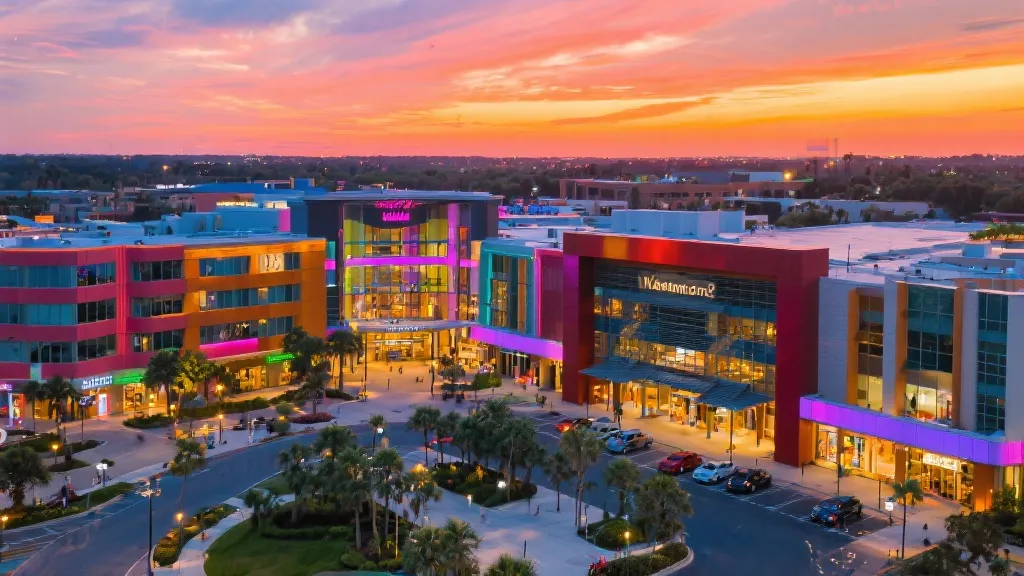
Discover Heartis Eagle Mountain Elegance
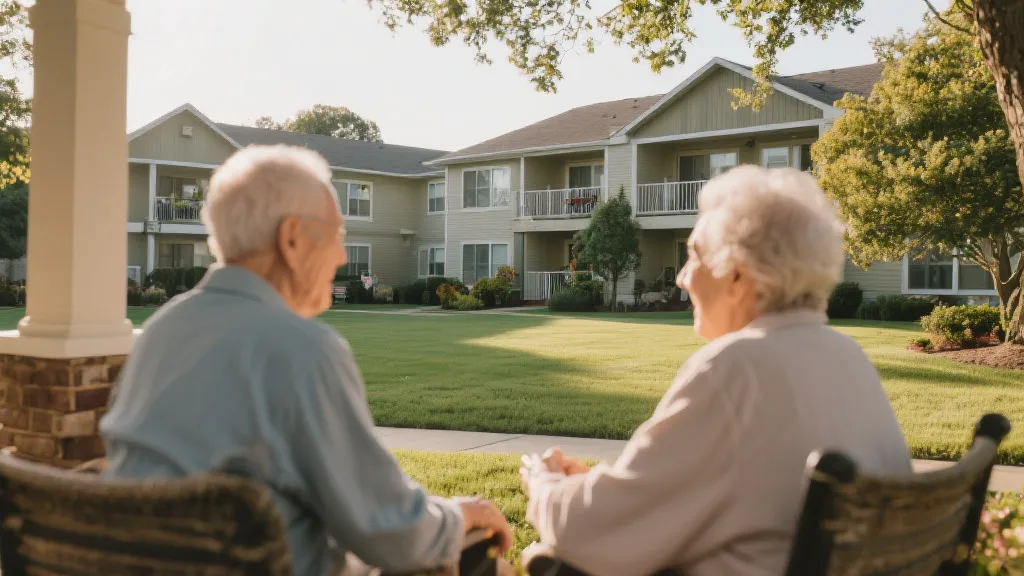
Westminster Plaza Orlando: A Comprehensive Guide
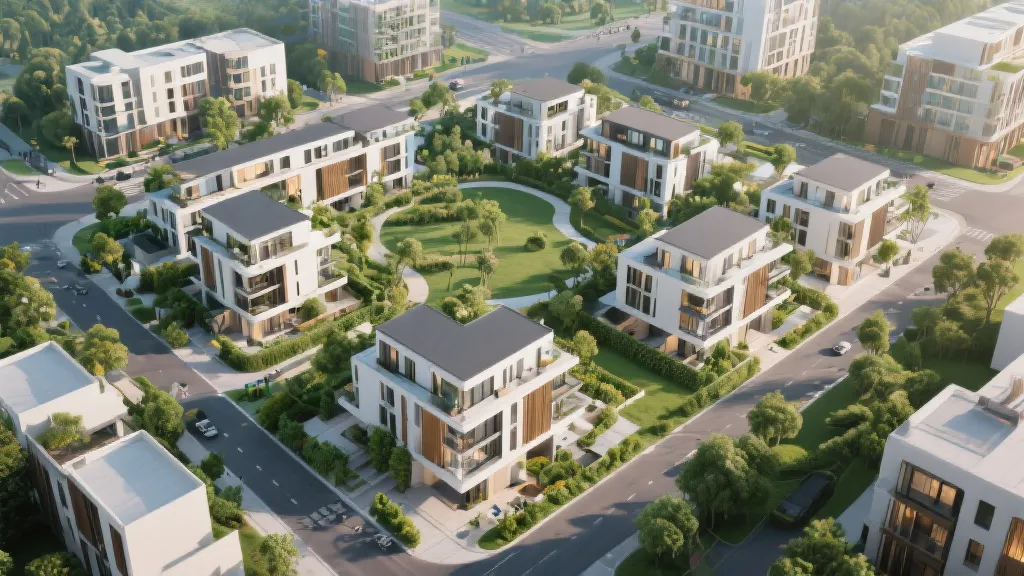
Transforming Banking with Sme Neobank

Discovering Westminster Plaza Orlando
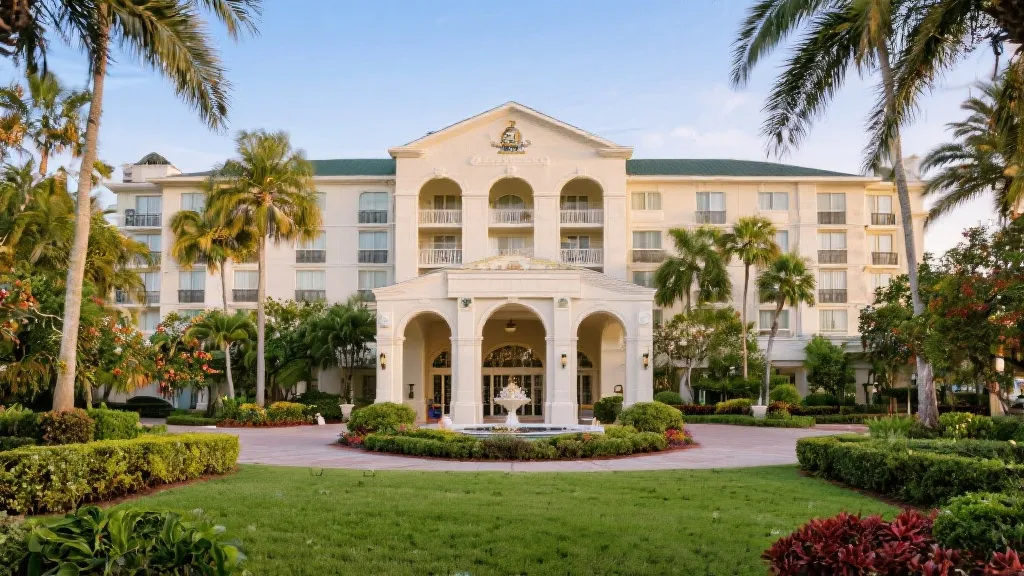
Discovering Westminster Plaza Orlando
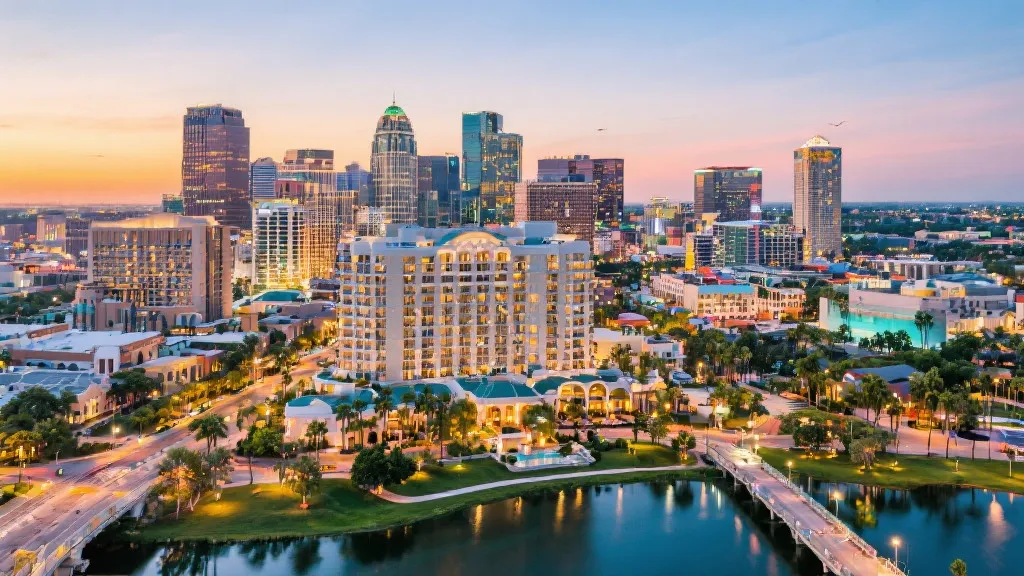
Life Insurance for Seniors: Maximizing Coverage and Benefits
